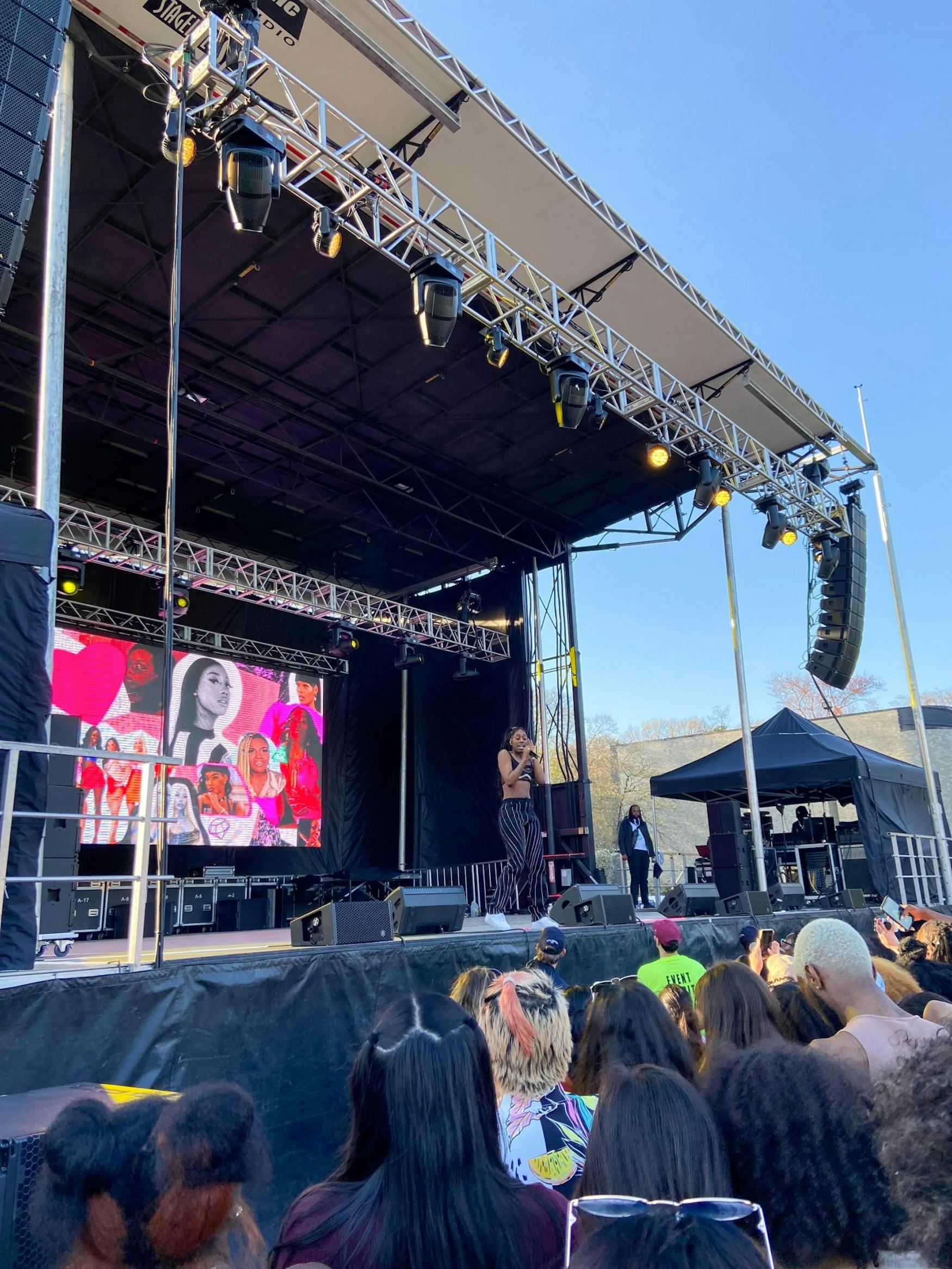The Arts will lift us higher
Leonard Bernstein Festival of the Creative Arts
The Festival of the Creative Arts was founded in 1952 by Leonard Bernstein, who not only was a member of the Brandeis faculty, but also a renowned musician. He was a composer, pianist, educator, author, and humanitarian. He is probably best known for his work in musical theater, particularly in “West Side Story.” However, more so than his knowledge and great achievements, he strived to make the arts visible and accessible to all, hence the Festival of the Creative Arts. He called it “a moment of inquiry for the whole world when civilization looks at itself, seeking a key to the future.”
Ingrid Schorr, who is the director of Brandeis Arts Engagement, lent a few words about the impact having the festival back in person has had; “We are so happy to bring the Festival of the Arts back to campus after one entirely virtual year (2020) and one hybrid year (2021). We’re not 100% back to normal.” While it is often taken for granted, the arts have a place in society, and if anything has been learned from the last two years, it is about not taking spaces and forms of expression for granted. She continued, “But the campus community has been enjoying theater and music and dance in real time, in person, in our actual performance spaces and outdoors as well.”
Schorr also mentioned that there is typically an event called Super Sunday, which allows for people outside of the Brandeis community to present their explorations of various forms of art, whether that is performances or exhibitions. However, that event is currently on hold.
The Festival runs from April 26 through May 4th. This year, the festival’s theme is “buoyancy.” The idea behind it was to look at how art impacts us and how art can cultivate a sense of resilience, resistance, and renewal, especially in the wake of so much violence surrounding our world today. Schorr added “In framing this year’s festival around the theme of buoyancy, we acknowledge the ability of the arts to frame powerful ideas and to mark important times in history.” Honoring the community’s resilience and the signs of growth perfectly parallel spring, as new growth is visible across campus. Schorr included some other words and phrases that were considered such as hope, renewal, and reclaiming. She said the word buoyancy was chosen because it gave the artists freedom to express themselves in a way other words couldn’t.
Participation from students, faculty, staff, and audience members is vital to the festival, as it thrives off the diverse experiences on campus. Participation this year has been phenomenal, with over sixty vendors selling at the Create@Brandeis Craft Market and several performances including the Senior Theater Thesis pieces.
A few students to note are Mellow Wilsted ’22, who addressed buoyancy literally. Her design using a custom-made silicone monofin allowed her to swim like a mermaid.
Several students contributed prose and poetry, like Ash Friedman ’21 who performed poems from their poetry chapbook “Last Car on the Rollercoaster but This Time It’s My Body.” They wrote in their proposal: “I find the theme of buoyancy for this year’s festival both phenomenal and fundamental, and it’s what my chapbook is truly about: drowning in a sea of struggles, and learning how to swim, how to float, how to choose myself.” Logan Shanks ’24 is performing a piece titled “Death to the Black Superwoman” which started as a visual art piece and became a performance. That performance will be Tuesday, May 3 at 7p.m. held in Harlan Chapel. Angela Sun ’23 actually coordinated a lot of the visual art work and produced several custom laser cut plaques to identify the art and tell more about each artist.
There are several events still scheduled until the last official day of the festival. Fine art exhibitions, several music performances, and a sustainability tour which included an audio recording of specially crafted poems and resources will be featured in the coming days. The festival will continue to highlight the importance of art and artists and will exist at Brandeis for years to come.
Afterall, like Bernstein said, art is the key to the future.




Please note All comments are eligible for publication in The Justice.